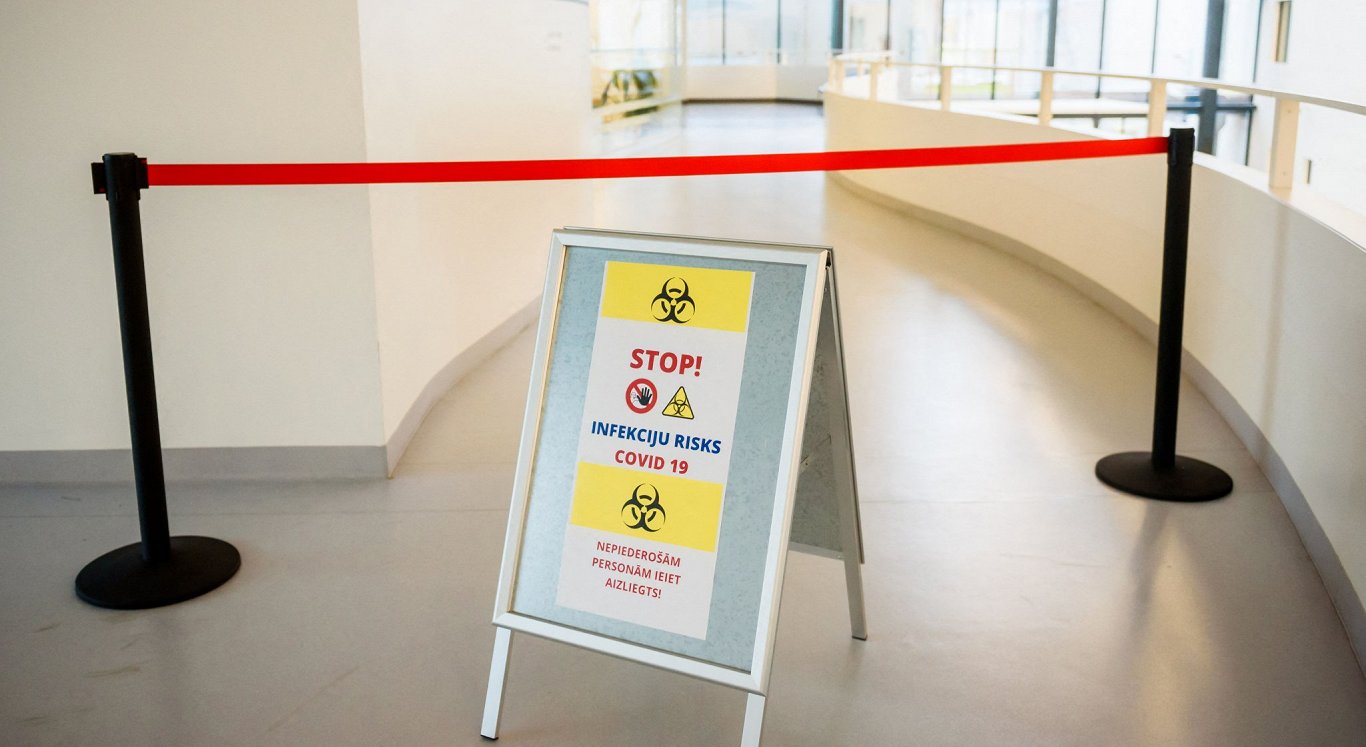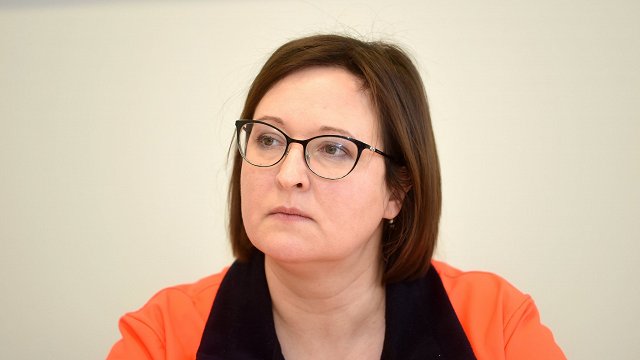It is not always possible to separate those with Covid-19 as a secondary diagnosis, so the hospitals must rearrange their structures by establishing small Covid-19 sections in nearly every department. Not always is there adequate infrastructure for that purpose, so some patients might have to reside in the hallway with a temporary wall. The hospitals had to restructure the work during the Omicron wave, as with the previous waves, patients were usually sent to a special Covid-19 department.
Hospitals presume that soon the majority of hospitalized Covid-19 patients would have it as a secondary diagnosis. The number over 1,000, but in the government, it is interpreted as a lower load on hospitals. At the government meeting on February 8, Prime Minister Krišjānis Kariņš said that "hospitals seem to be protected [..], compared to the Delta wave, they will be nowhere near that load".
The hospitals themselves say that it is not as simple and that Covid-19 as the secondary diagnosis still poses a burden. It means that additional equipment is necessary, which cannot be carried from room to room: beds, medical devices.
"There is no difference whether we put 150 patients in three departments or in many departments. They take up the same space and beds. And if we here, in the cardiology [department], detect a Covid-19 patient and transfer him to another department, then the contact persons still need to be isolated. They cannot be put together with other patients," said Stradiņš Hospital infectologist Aija Vilde.
It is important to observe these rules so that the infection does not spread internally. However, it would only work 100% if the patients were in single rooms, said Jelgava Hospital doctor Solveiga Ābola.
The Health Inspectorate has not analyzed whether all hospitals have the means to observe the new principles. The Inspectorate's spokesman Kalvis Latsons said: "I don't think there will be any requirements by meter, by distance. The main thing is that the flows don't intersect, so there is no contact. The personnel is not separated either, it would be ideal if there were different staff for [different patients], but it is already good if there is enough of the same staff."
Data from the Emergency Medical Service (NMPD) of February 10 showed that most hospitals were still in the rearrangement process and many patients were still in Covid-specialized departments. Outside the Covid departments, Covid patients are in therapy profile departments (22% of those with a secondary diagnosis of Covid) and surgery departments (18%), as well as psychiatry (8%), long-term care (7%), gynecology and obstetrics (3%).
Alongside the rearrangements, staff shortage is still the biggest problem. "There is no reason to relax, and I repeat, personnel is constantly out of work. It is the main concern – there will be no staff who provide help. I think it would be sensible to delay lifting of the restrictions for another month. And then the picture would be different," said Liepāja Regional Hospital head Edvīns Striks.



























